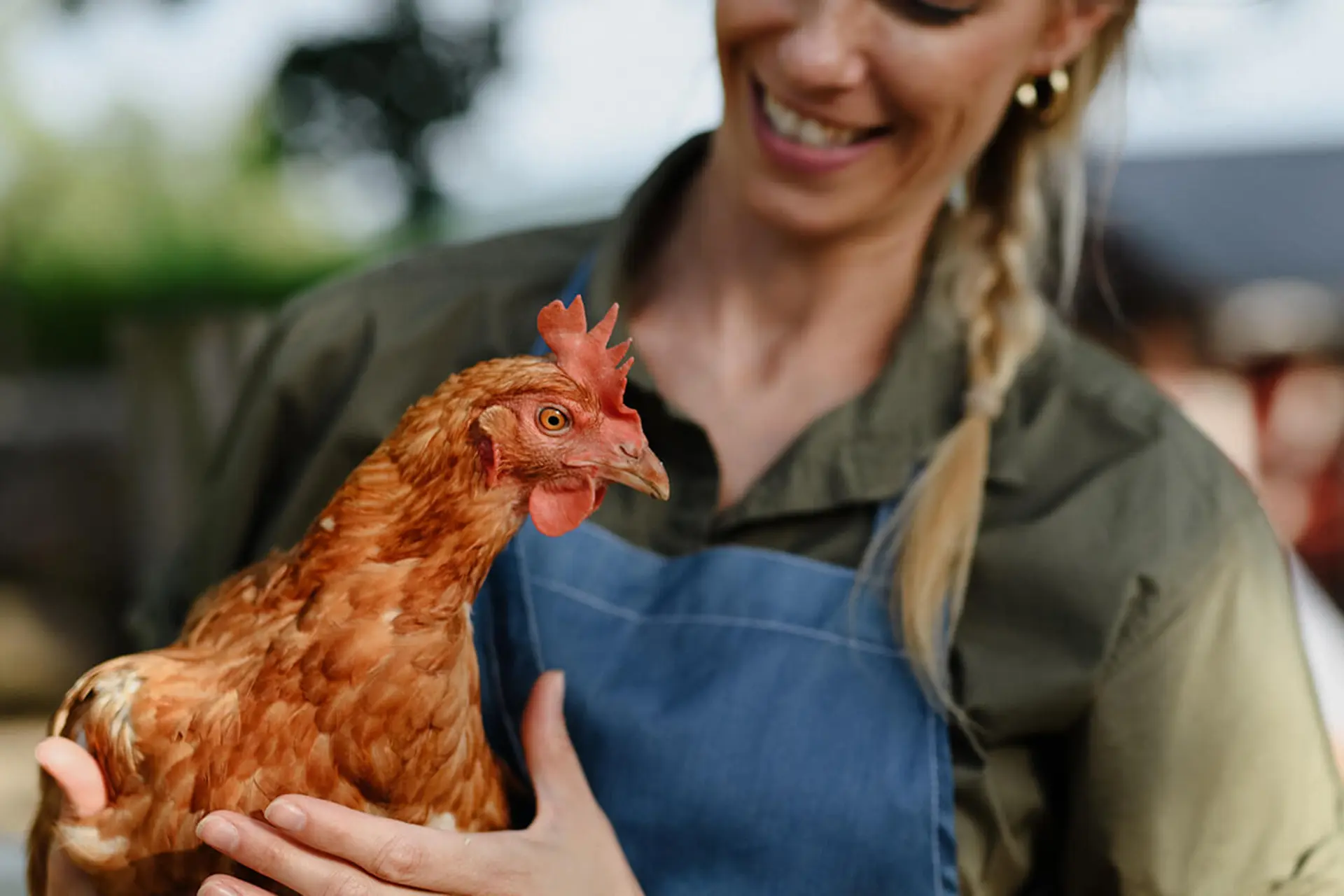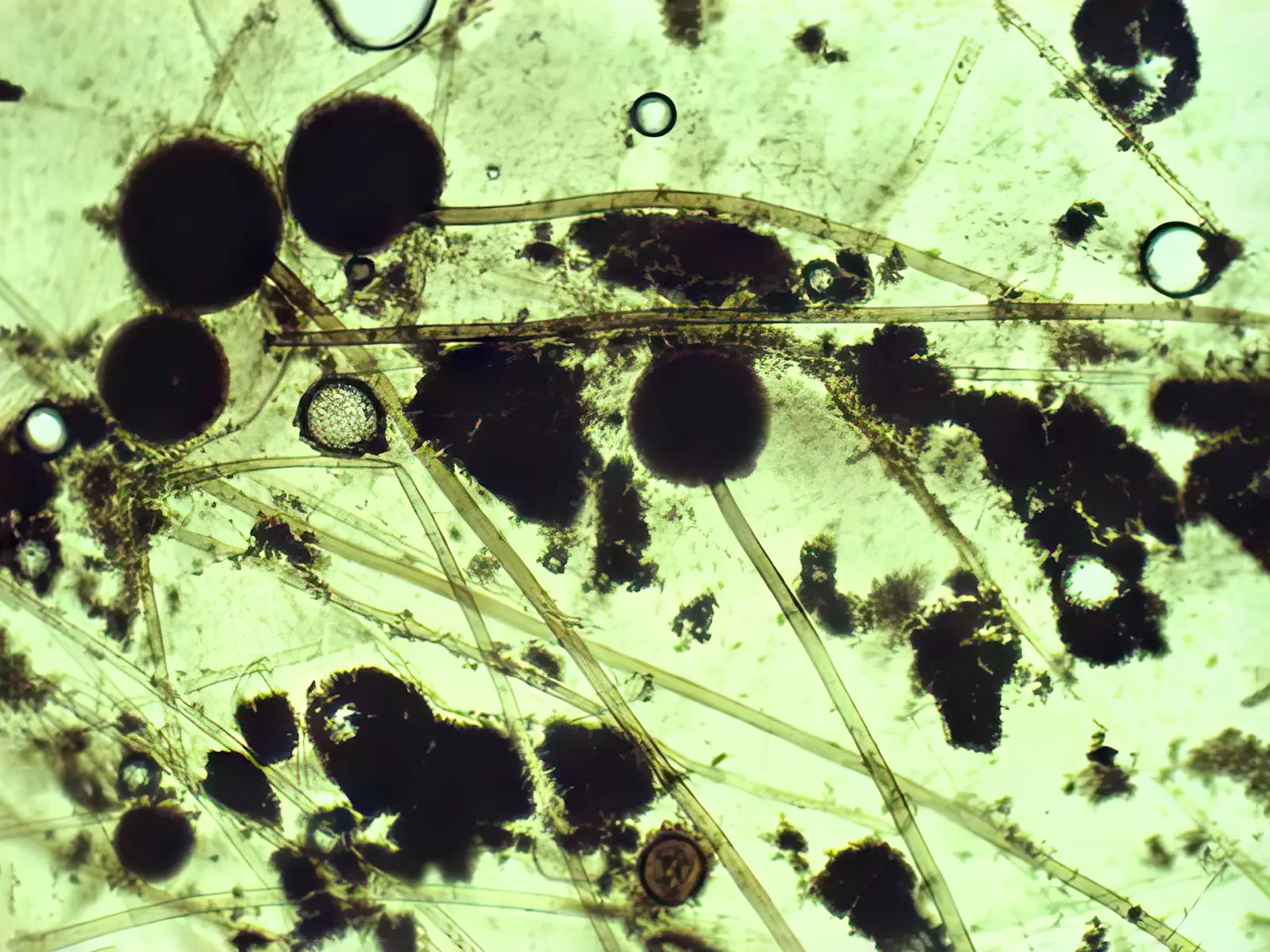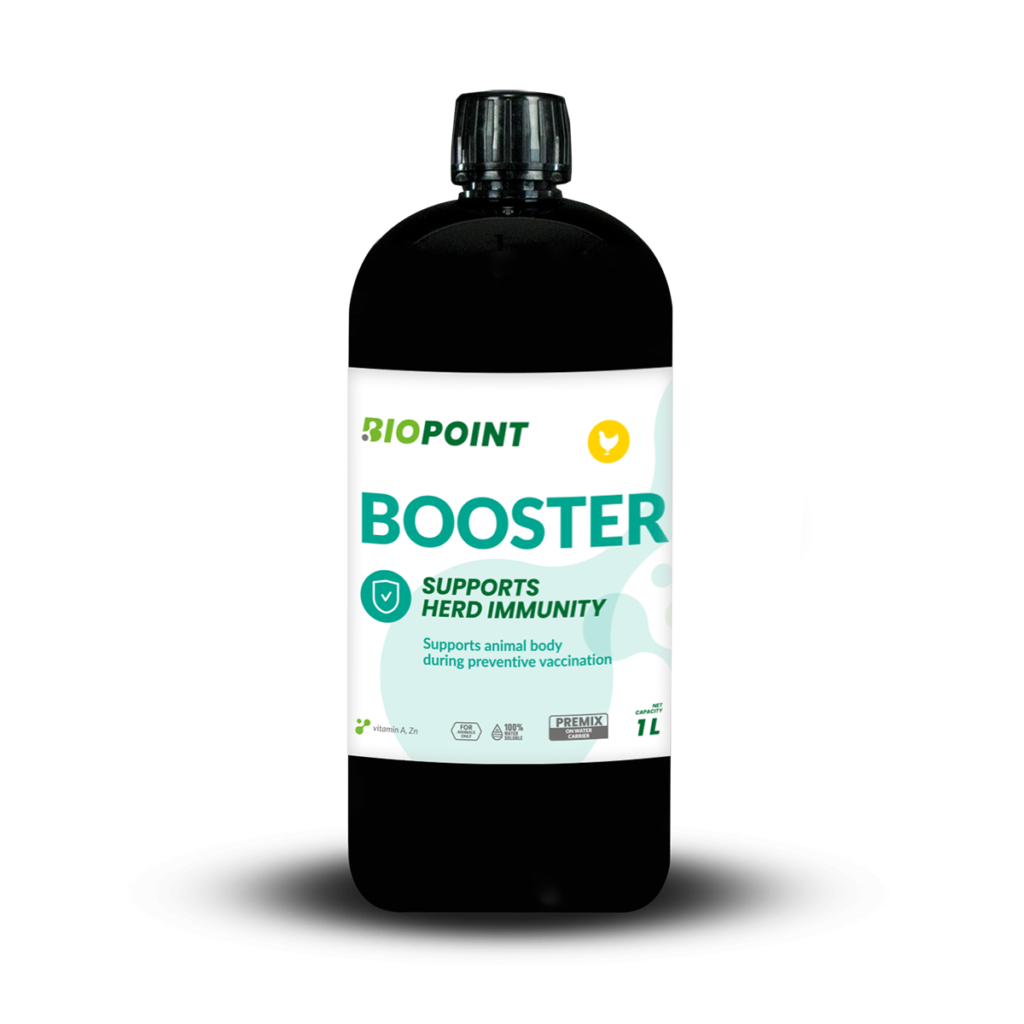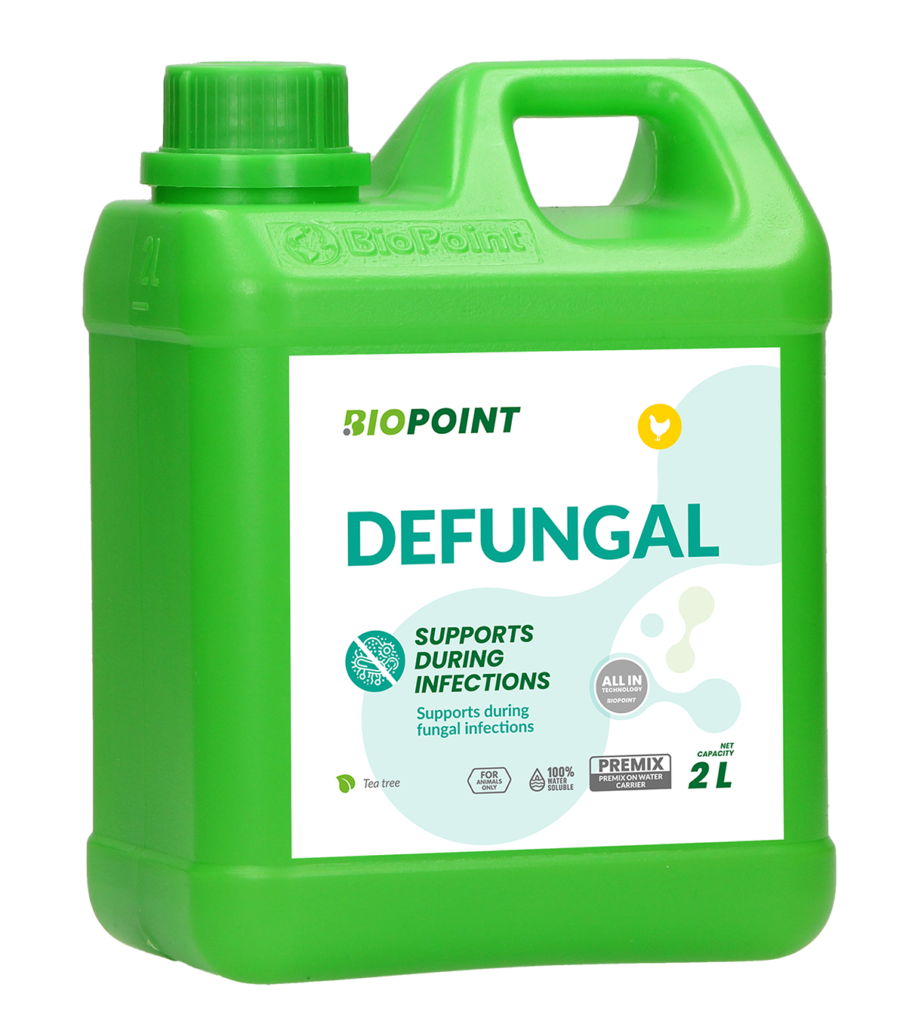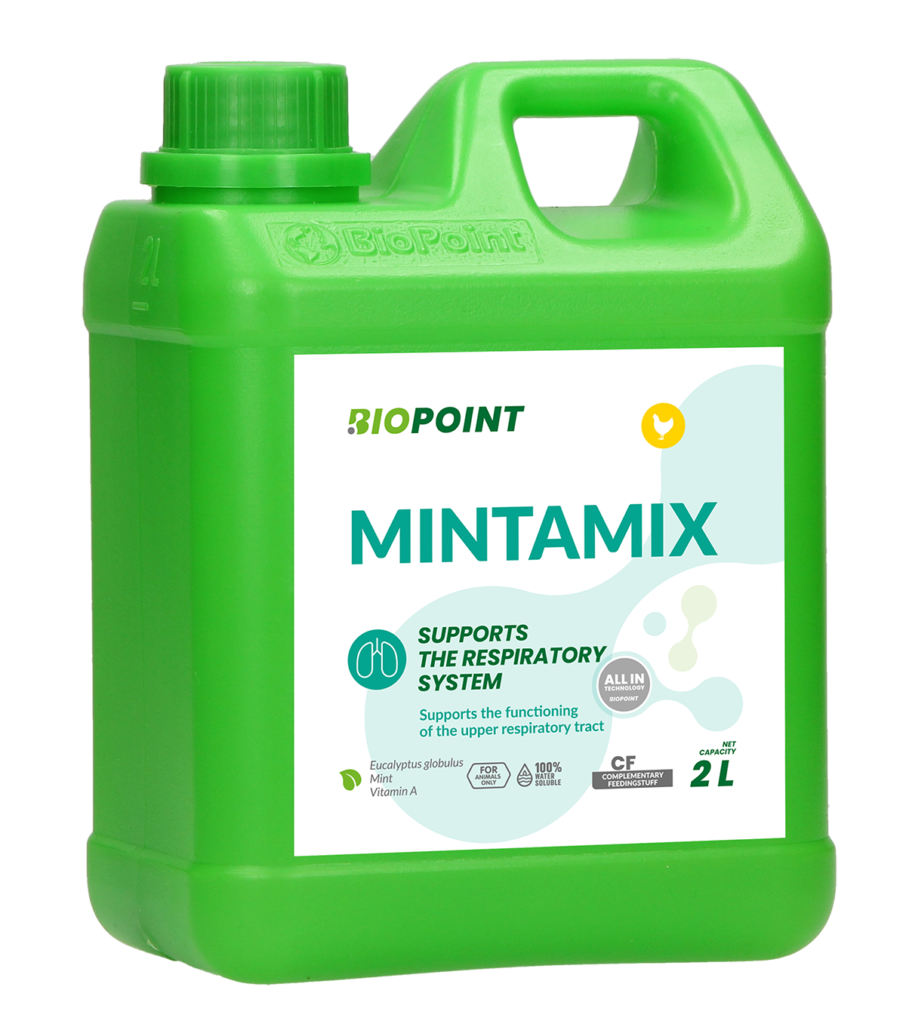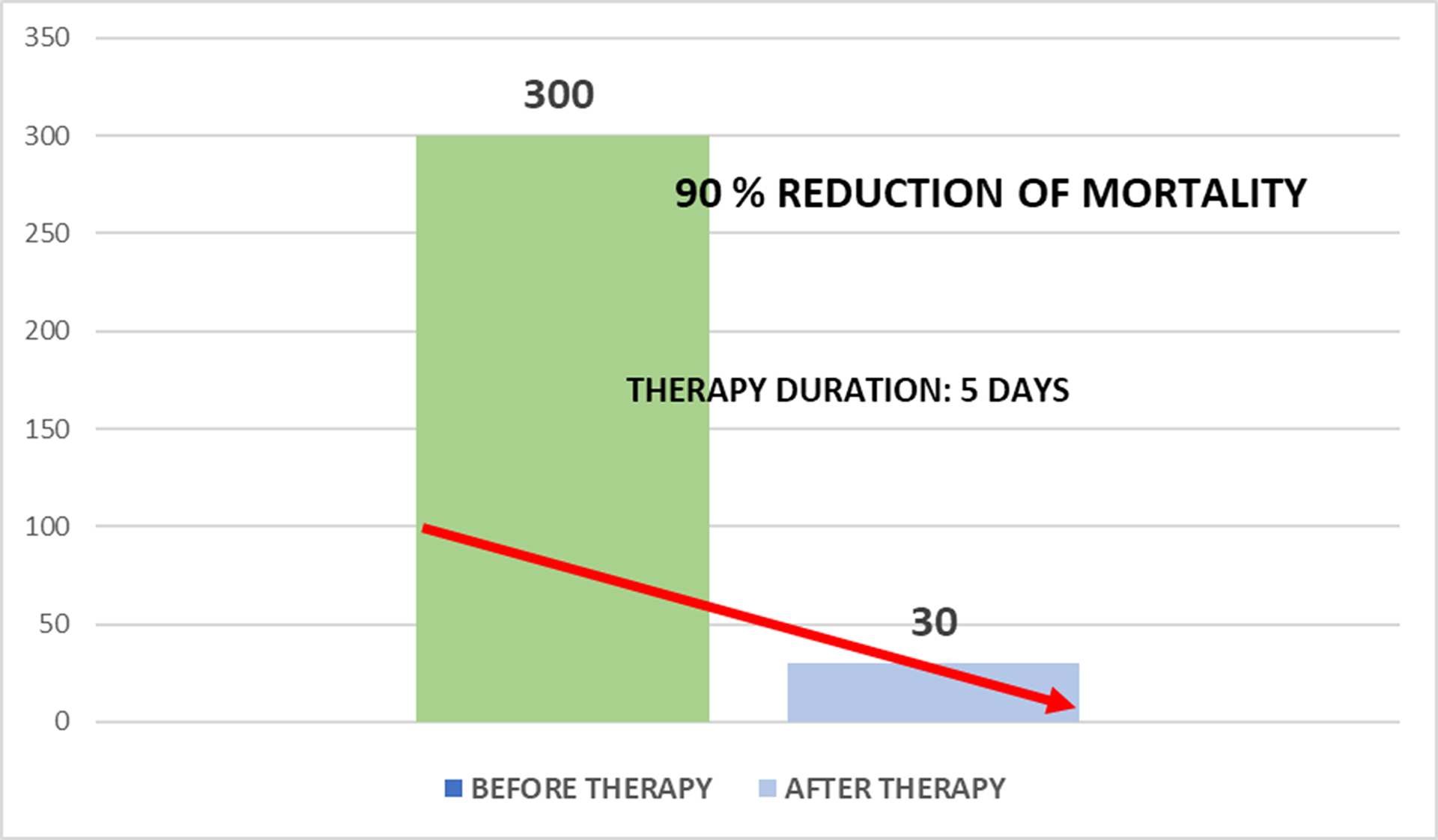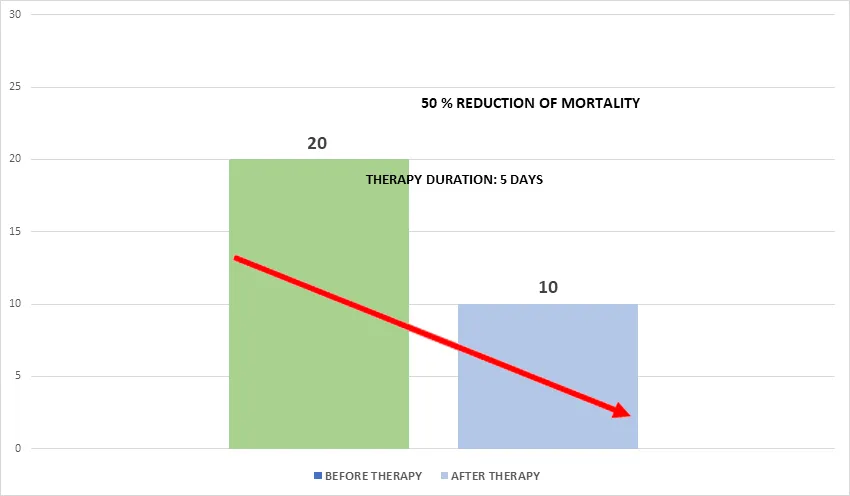Fungal infections in poultry are mainly caused by Candida and Aspergillus fungi (Fig. 1). These pathogens are present in the birds' habitat, but the occurrence of infection, its form and spread in the flock depend on favorable factors. The most important of them is the number of spores in the environment, determined by the conditions in the hen house. Humidity and high temperature are conductive to fungal growth, especially as poor quality bedding or feed may itself be a source of spores.
Any immune disorders, the effects of immunosuppressants, vitamin and mineral deficiencies and, especially, the long-term antibiotic therapy used for breeding poultry make the birds' organisms even more susceptible to the development of infection. Poultry mycosis affects all production groups and may occur at any stage of the production cycle. The respiratory and digestive systems are most frequently attacked, but they may also occur in other tissues, e.g. the nervous system.
Symptoms of fungal infection in poultry
Mycosis in birds often does not develop in a typical way. The only clinical symptoms may be apathy and a decline in production parameters. As the infection progresses, further symptoms appear depending on the site of infections, e.g. local tissue damage by fungal hyphae and resulting inflammation.
If the brain is attacked, neurological disorders will occur, e.g. posture abnormalities, shaking of the head, paralysis, paresis and convulsions. In the case of respiratory infection, symptoms include shortness of breath, panting, snorting, and during post-mortem examination, characteristic white/cream fungal nodules of various sizes are observed in affected organs.
If a fungal infection in poultry occurs in the gastrointestinal tract, it will include diarrhea, white coatings on the esophagus, crop and intestinal mucosa. If a fungal skin infection occurs in poultry, the symptoms will include: peeling of the skin, grayish coating, loss of feathers, ruffling of feathers. Additionally, a characteristic "mushroom" smell may be felt in the hen house.
Fight against fungal infection in farmed poultry.
In the fight against mycosis in poultry, it is important to conduct proper biosecurity, care for the quality of bedding and feed, and proper prevention. During periods of increased risk or initial symptoms of fungal infection in birds, we can use plant substances that have a broad antifungal effect. They have the ability, among others, to inactivate microbial proteins, interfere with cell growth, disrupt ion flow through fungal cell walls as well as inactivate enzymes responsible for synthesis of the fungal cell wall, as a result of which the fungi cannot grow and multiply.
Vitamin A is particularly important during the period of fungal infections in poultry, as it affects the proper functioning of epithelial cells and mucous membranes and supports their regeneration.
By using preparations containing herbal substances, we can reduce the severity of the fungal infection in animals, bird mortality and reduce recurrence of infection during the production cycle. An additional advantage of natural medicinal products is that they can be used both as sprays and in drinking water. They can also be administered with drinking water when spraying with antifungal chemotherapeutics (they cannot be administered by any other route).
Below are clinical cases in which a preparation containing active plant substances particularly useful in the treatment of fungal infection was used (including Tea tree oil, Scots pine oil, Yellow gentian extract, Cinnamaldehyde) and recommendations for the use of Defungal Premix in the prevention and during the occurrence of fungal infections (Table 1). The key to the success of therapy without the use of chemotherapeutics is careful observation of the flock, quick response to any deviations from the physiological norm and the use of appropriate prophylaxis during the period of increased risk of mycosis in production farms. In order to enhance the effect of the therapy and improve the condition of the birds, we also recommend the use of supporting products (Table 2).
| Species/Production group | Application (support during the period) | Dosage of DEFUNGAL PREMIX |
|---|---|---|
| CHICKS | Preventive use recommended in case of: poor condition of chicks, use of poor quality bedding, fungal infection in chicks regularly in the history of the farm. | In the form of spraying 200 ml/ 10 l of water/ 1000 m3 |
| POULTRY OVER 7 DAYS OF LIFE | Prevention of mycosis, e.g. after antibiotic therapy, during unfavorable environmental conditions | With drinking water 200 ml/1000 l of water, in ½ of the daily water drunk, 3 daysIncrease the dose for water poultry by 50% in the form of spray* 200 ml/ 10 l of water/ 1000 m3/ 3 daysTo increase effectiveness, we recommend combining both application methods |
| Clinical mycosis | With drinking water 200 ml/1000 l of water, in ½ of the daily water drunk, 5 daysIncrease the dose for water poultry by 50% in the form of spray* 200 ml/ 10 l of water/ 1000 m3/ 1-2 times a day/ 5 daysTo increase effectiveness, we recommend combining both application methods | |
| USE WITH ANTIFUNGAL CHEMOTHERAPEUTICS | Clinical mycosis | During chemotherapy spraying, Defungal Premix can be used with drinking water to increase the effectiveness of the therapy.Spray with chemotherapy and Defungal Premix alternately, several hours apart |
| PRODUCTS | USE | PURPOSE OF USE |
|---|---|---|
| Mintamix | With drinking water 200 ml/1000 l of water, in ½ of the daily water drunk, for 5 days as a spray 200 ml/ 10 l of water/ 1000 m3/1-2 times a day/3-5 days To increase effectiveness, we recommend combining both application methods | To support the regeneration of the mucous membranes of the respiratory system and to improve the breathing comfort of birds during respiratory tract mycosis |
| Booster | 250-500 ml/1000 l of water, in the second ½ of the daily water drunk, 3-7 days | Immunity support, faster regeneration and improved condition of birds |
| Enterocid Grower | 200 g/1000 l of water, in the second ½ of the daily water drunk, 3-5 days | Recommend especially for chicks to support the balance of the gastrointestinal microflora during fungal infections |
CLINICAL CASE NO. 1
I. Herd
Broiler chickens ROSS 308 line, 27 days of bird life
II. Clinical symptoms
On the 27th day of the birds' life, slight diversification of the flock, apathy and an increase in bird mortality to 300 birds per day were observed. These symptoms occurred suddenly without any previous signs and were not accompanied by any additional characteristic symptoms.
III. Anatomopathological examination
Anatomopathological examination revealed numerous fungal nodules in the lungs (Fig. 1 and 2).
IV. Diagnosis
Mycosis
V. Recommendations
With drinking water:
Defungal Premix 200 ml/1000 l of drinking water, continuous administration, 5 days
Mintamix 200 ml/1000 l of drinking water, continuous administration, 5 days
In spraying:
Defungal Premix 200 ml/10 l of warm water/2 times a day/5 days
Mintamix 200 ml/10 l of warm water/2 times a day/5 days
VI. Effects
After treatment, a decrease in daily mortality and culling of the flock to 30 birds was observed (Chart 1) and the birds returned to physiological activity. No fungal lesions in the lungs were observed in the postmortem examination of the dead birds. There was no adverse effect of the fungal infection on the herd's performance; at the end of the production cycle, the herd achieved a satisfactory result (EWW 390). No recurrence of infection was observed until the end of the production cycle.
View mentioned product:
MINTAMIX
CLINICAL CASE NO. 2
I. Herd
Indor BIG 6, 2500 head, 5 objects on the farm, 17th week of birds' life
II. Clinical symptoms
In the 17th week of the birds' life, in one of the henhouse on the farm, slight flock differentiation, reduced bird activity and an increase in mortality to 20 birds per day were observed. There were no characteristic clinical symptoms; TRT had occurred on the farm a few weeks earlier.
III. Anatomopathological examination
Anatomopathological examination revealed:
– single lesions on the air sacs in the form of small, white clusters – fungal nodules (Fig. 3)
– single fungal nodules in the lungs (Fig. 4 and 5)
IV. Diagnosis
Mycosis
V. Recommendations
In a poultry house affected by the infection, spray:
Defungal Premix 200 ml/10 l of warm water/2 times a day/5 days
VI. Effects
After treatment, there was a decrease in the daily mortality of the flock to 10 birds (Chart 2) and a clear improvement in the behavior of the flock, i.e. a return to physiological activity. In the postmortem examination of dead birds, no fungal lesions were observed in the lungs and air sacs. No recurrence of infection was observed until the end of the production cycle.
